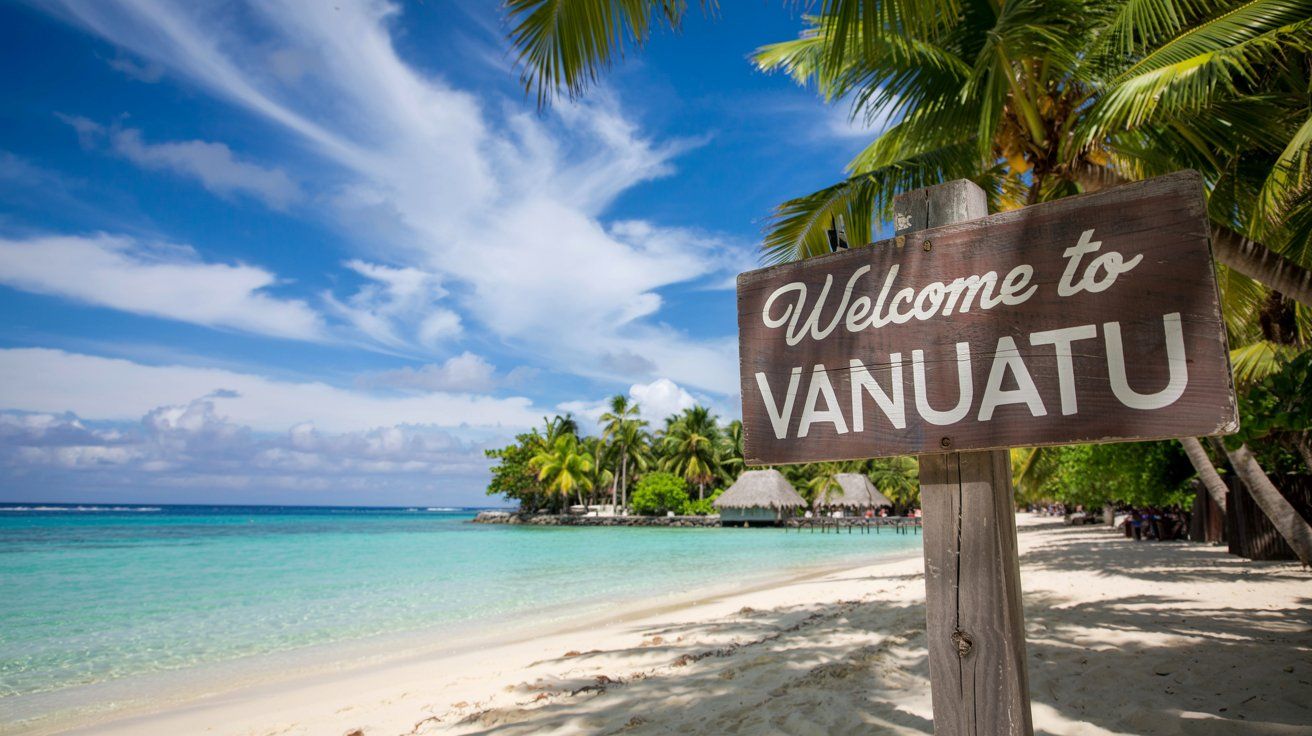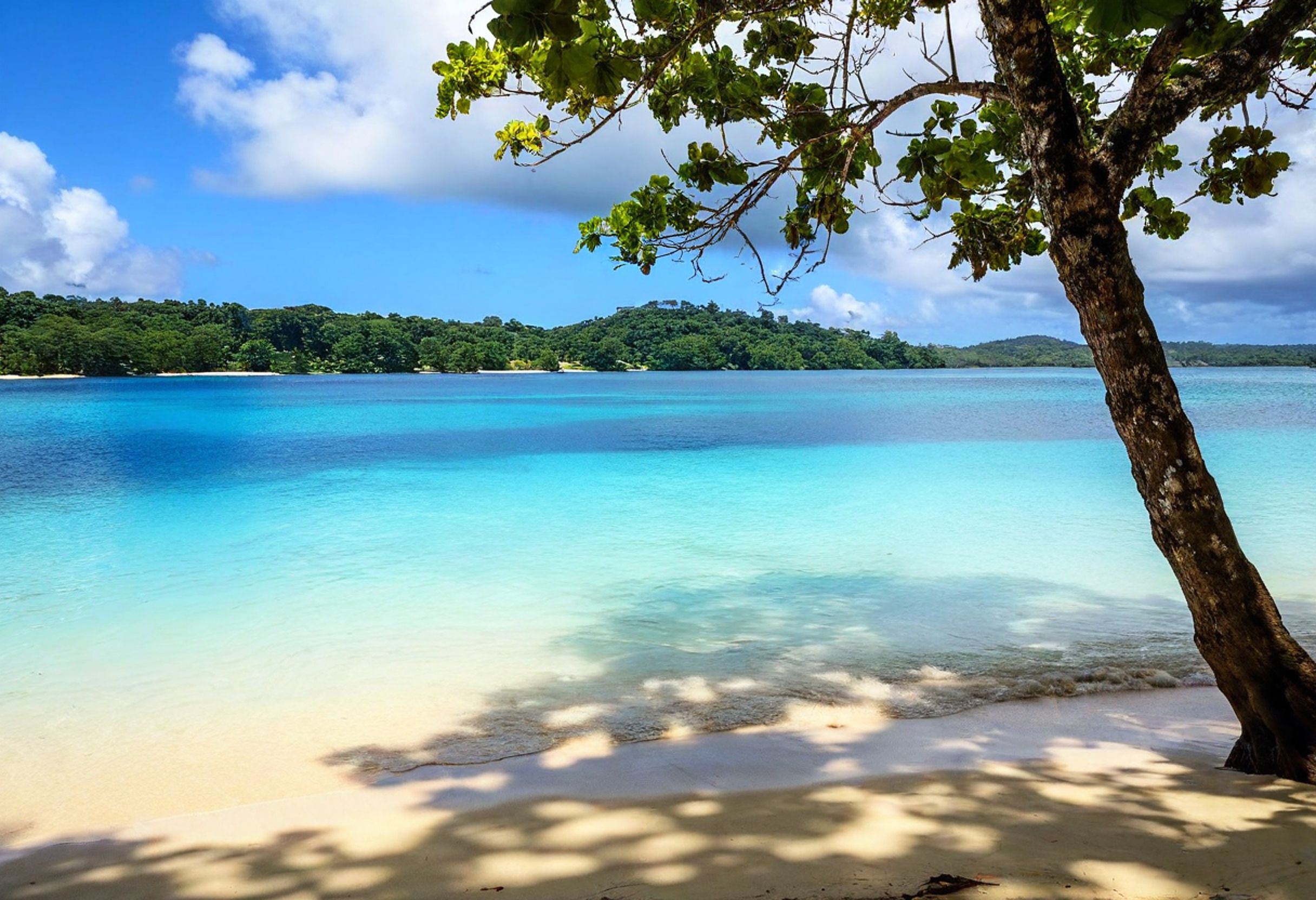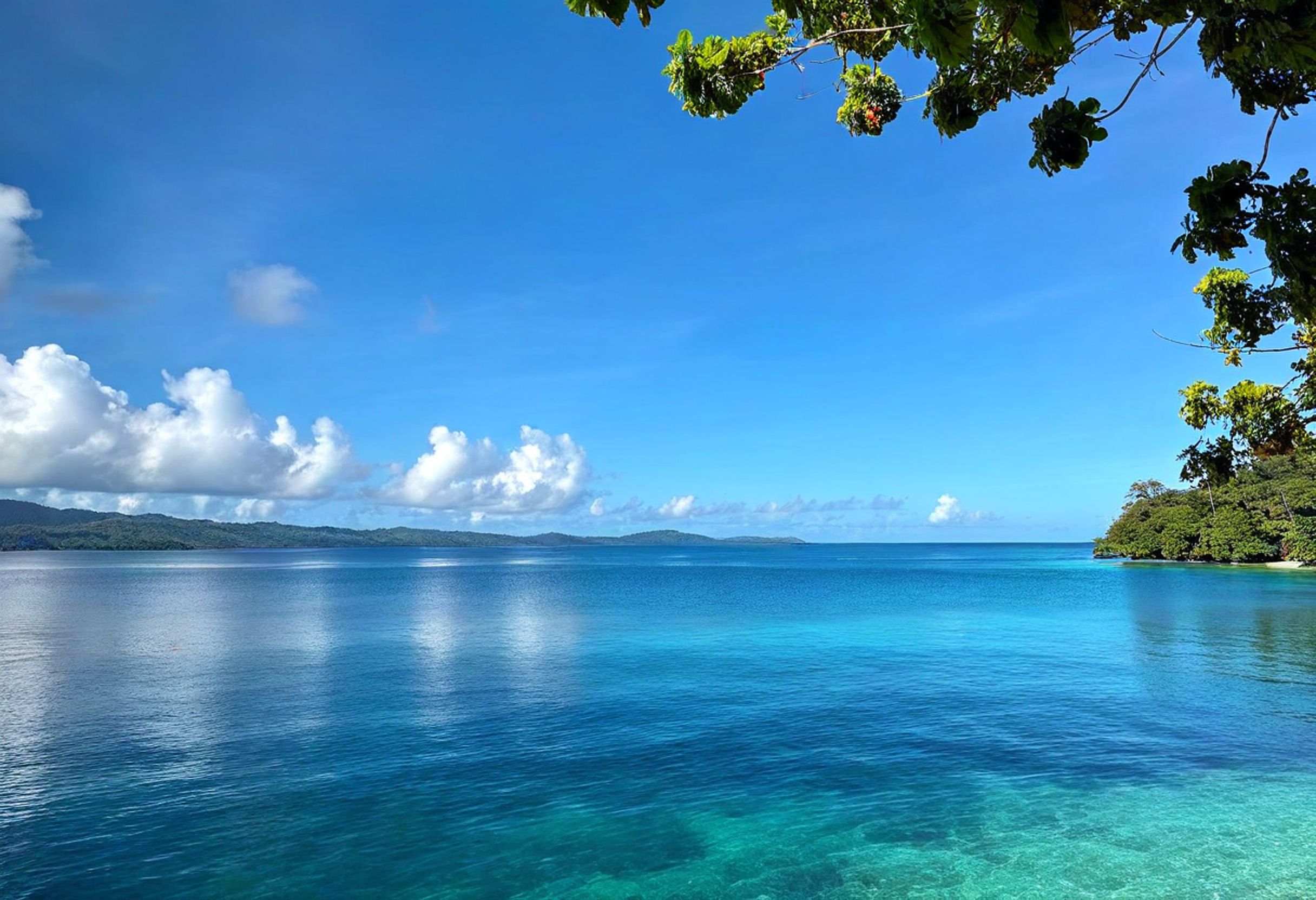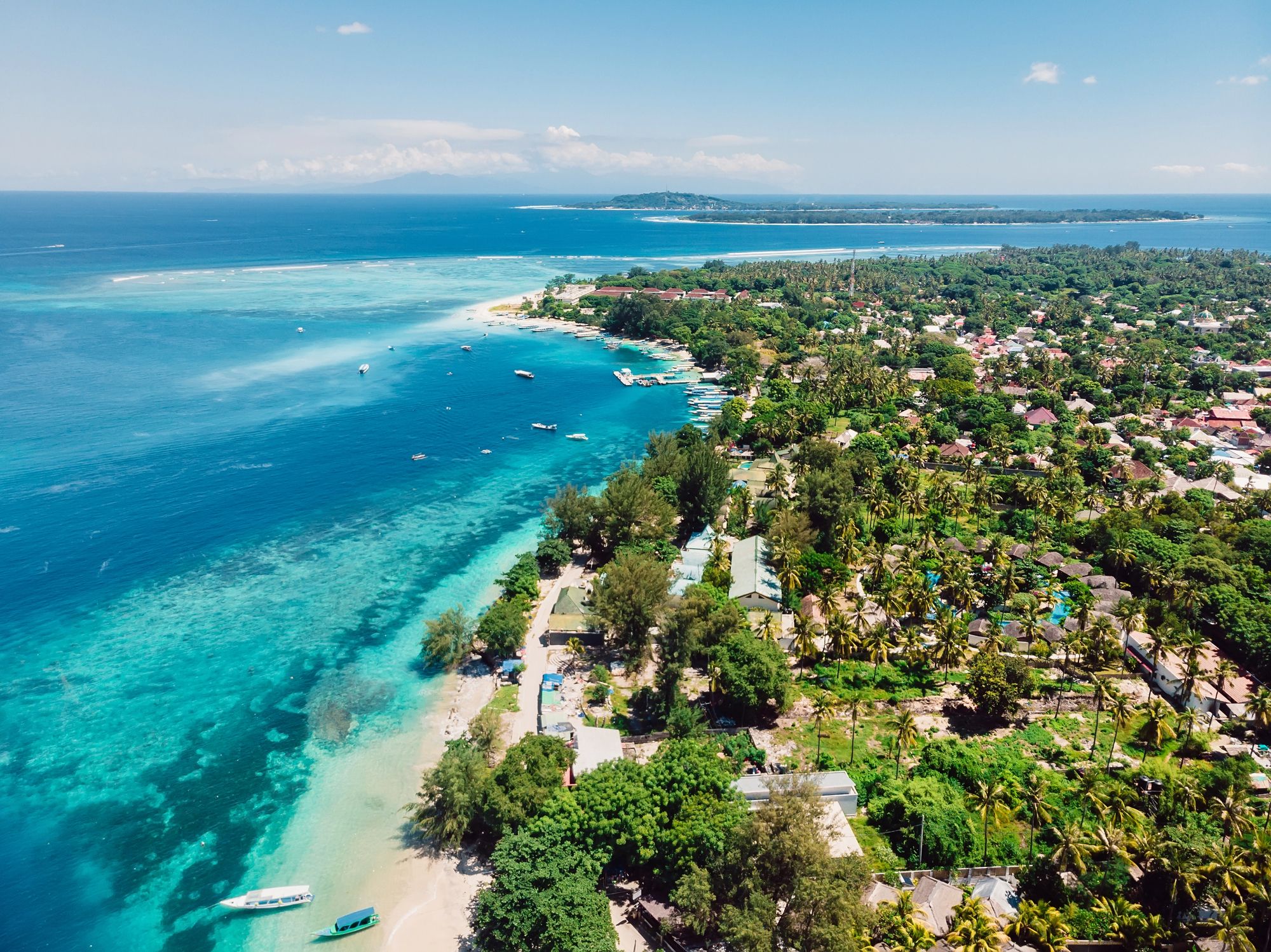After two years of construction, the Port Vila Lapetasi International Multi-Purpose Wharf has officially opened in a ceremony led by Vanuatu’s Prime Minister Charlot Salwai. The new facility represents a significant advancement in Vanuatu’s maritime infrastructure, designed to improve cargo handling capacity and boost the nation’s economic development through enhanced international trade capabilities.
The wharf project, developed in conjunction with the Ports Authority and completed in February 2018, transforms the Star Terminal site in Port Vila with new container yards and modern port facilities. This infrastructure upgrade addresses the previous limitations of Vanuatu’s port system and positions the island nation to better participate in regional and global shipping networks.
Japanese investment played a key role in bringing this project to fruition, with the Japan International Cooperation Agency (JICA) president attending the launch. The multi-purpose design of the Lapetasi Wharf reflects Vanuatu’s strategic planning to create versatile maritime infrastructure capable of handling diverse shipping needs in the South Pacific region.
Overview of the Lapetasi International Wharf Development
The Lapetasi International Multi-Purpose Wharf represents a significant upgrade to Vanuatu’s maritime infrastructure. The project addresses critical needs for modern port facilities while positioning Port Vila as an important regional shipping hub.
Key Features and Capabilities
The new international multi-purpose wharf at Lapetasi includes specialized container yards and modern port facilities. The development replaced the aging Star Terminal with a purpose-built international freight facility.
The wharf was designed to handle larger vessels and increased cargo volumes, greatly improving Port Vila’s shipping capacity. Modern container management systems and expanded storage areas reduce processing delays that previously hampered operations.
Safety features and updated operational protocols meet international maritime standards. The project includes:
- Expanded container yards
- Modern cargo handling equipment
- Improved customs processing facilities
- Enhanced security systems
- Weather-resistant infrastructure
These improvements allow for more efficient loading and unloading, reducing ship turnaround times and lowering shipping costs for importers and exporters.
Strategic Importance to Vanuatu
The Lapetasi Wharf strengthens Vanuatu’s position in Pacific maritime commerce. For an island nation, efficient port facilities are essential to economic development and trade relationships.
The wharf development project directly supports economic growth by improving supply chains and reducing costs for businesses. Better port infrastructure attracts international shipping companies and creates new trade opportunities.
Tourism also benefits as cruise ships can now dock more efficiently. The project creates jobs in logistics, customs, and port operations while supporting secondary employment in transportation and services.
The modernization addresses urbanization challenges in Port Vila by separating commercial shipping from passenger traffic. This reduces congestion and creates a more organized flow of goods through the capital.
Funding and International Partnerships
The Lapetasi Wharf project represents successful international cooperation in Pacific infrastructure development. Japan’s international cooperation agency JICA provided significant funding and technical expertise for the project.
The partnership between Vanuatu and Japan exemplifies effective development cooperation in the Pacific region. Additional support came from local stakeholders and regional development organizations committed to improving maritime infrastructure.
Project funding included:
- Major financial contribution from Japan
- Technical support from JICA
- Local government investment
- Private sector partnerships
Construction required careful environmental planning to protect Port Vila’s harbor. The completed wharf balances economic needs with environmental considerations, demonstrating how infrastructure can be developed responsibly.
Impact on Local and Regional Development
The Lapetasi International Wharf represents a significant milestone for Vanuatu’s development strategy, delivering widespread benefits across economic, social, and safety dimensions. Its modern infrastructure addresses long-standing challenges while creating new opportunities for growth.
Economic and Social Benefits
The Lapetasi Multi-Purpose Wharf has created valuable employment opportunities for local residents, both during construction and in ongoing operations. These jobs bring stable income to families and contribute to poverty reduction in Port Vila.
The facility has significantly improved cargo handling efficiency, reducing delays and lowering costs for imported goods. This translates to more affordable consumer products for Vanuatu citizens, addressing a critical cost-of-living concern.
Local businesses now enjoy improved access to international markets for their exports. Small producers of agricultural products can more reliably ship their goods to overseas buyers.
The wharf development included specialized training programs for port staff. These initiatives enhance human resource development in the maritime sector, building local capacity and reducing dependency on foreign expertise.
Enhancements in Trade and Tourism
The new international freight capabilities at Lapetasi Wharf have dramatically improved Vanuatu’s trade potential. The upgraded infrastructure can accommodate larger vessels, increasing cargo capacity and attracting new shipping routes.
Tourism has benefited through improved cruise ship facilities. The wharf can now handle modern passenger vessels, bringing more visitors to spend money in local businesses.
Import-export processes have been streamlined through modern systems at the wharf. Businesses experience fewer delays and reduced paperwork, making trade more accessible for small and medium enterprises.
Regional connectivity has strengthened as Port Vila becomes a more viable logistics hub. Neighboring Pacific island nations increasingly use Vanuatu as a transit point, creating new business opportunities.
The facility’s economic impact extends beyond the immediate port area. Through supply chain improvements, rural areas of Vanuatu now have better access to international markets for their products.
Contributions to Disaster Preparedness and Management
The Lapetasi Wharf development incorporated critical disaster resilience features. Its design accounts for climate change impacts, including rising sea levels and more frequent severe weather events.
During emergencies, the wharf serves as a vital lifeline for humanitarian aid. Its improved capacity allows for faster delivery of essential supplies when natural disasters strike.
Emergency response teams now have a dedicated facility for coordinating maritime rescue operations. This enhancement improves safety for both commercial and recreational vessels in Vanuatu’s waters.
The wharf project included investments in early warning systems and weather monitoring equipment. These technologies provide crucial advance notice of approaching storms, allowing for better preparation.
Port staff have received specialized training in disaster response protocols. This human capacity development ensures the facility can continue operating during crisis situations when it is most needed.








